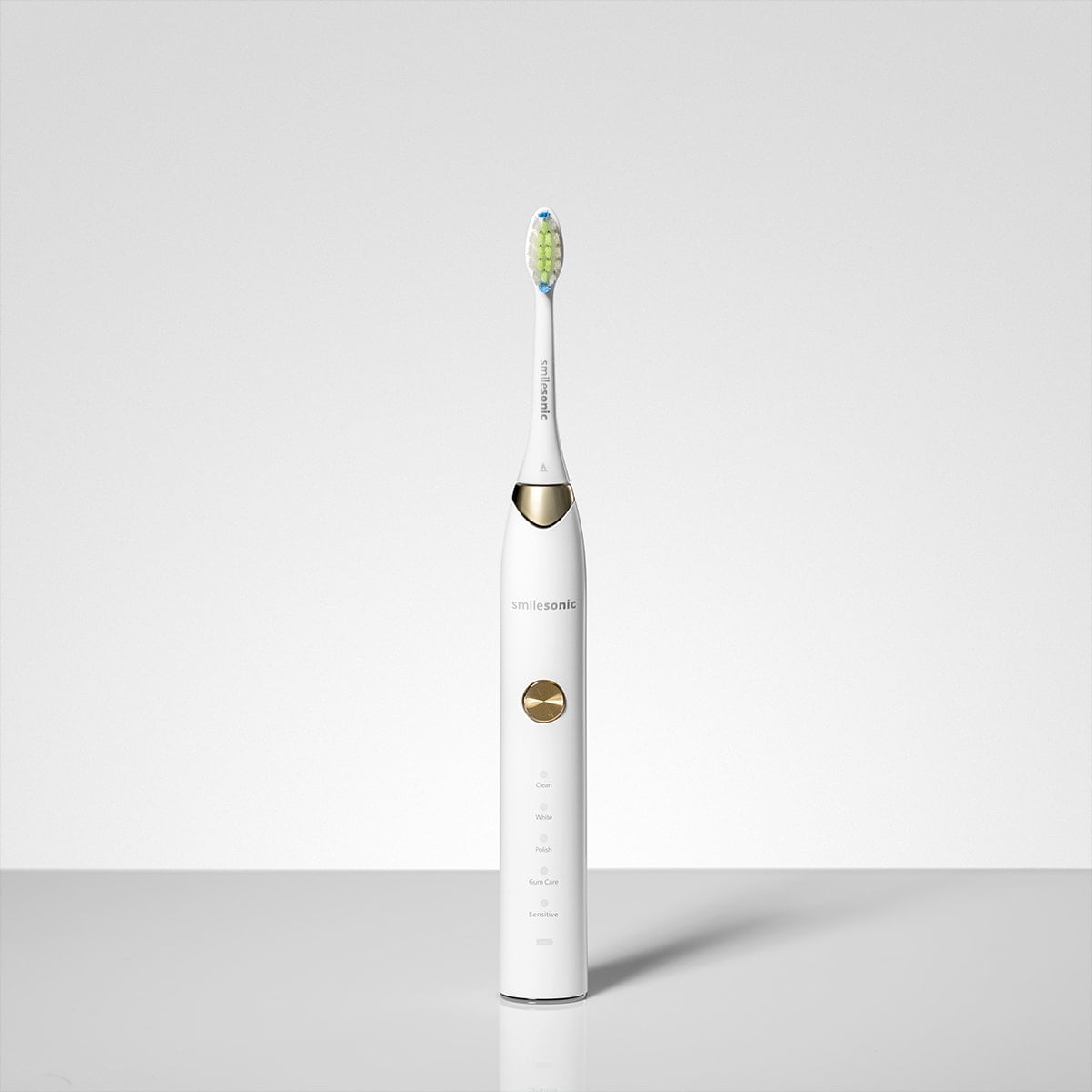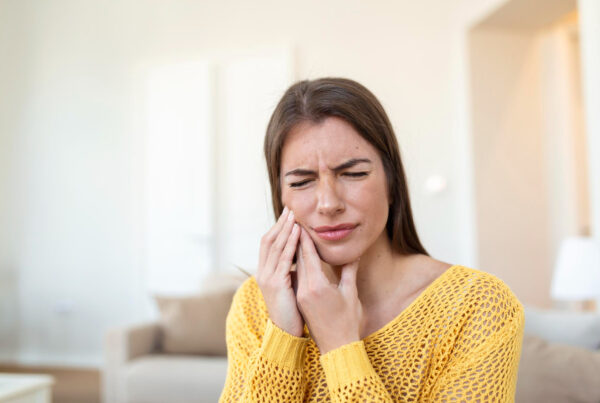Drooling – what it may indicate, symptoms of excessive salivation, and treatment options
 Saliva plays a vital role in oral function, aiding digestion, protecting teeth against cavities, and moisturizing the mucous membranes. Although it often goes unnoticed, both insufficient saliva (xerostomia) and excessive saliva (sialorrhea) can signal various health concerns. Drooling, or excessive salivation, is a condition that may stem from a wide range of causes – from physiological to neurological disorders and infections. In this article, we explore what drooling is, its symptoms, potential underlying conditions, and available treatment methods for this troublesome problem.
Saliva plays a vital role in oral function, aiding digestion, protecting teeth against cavities, and moisturizing the mucous membranes. Although it often goes unnoticed, both insufficient saliva (xerostomia) and excessive saliva (sialorrhea) can signal various health concerns. Drooling, or excessive salivation, is a condition that may stem from a wide range of causes – from physiological to neurological disorders and infections. In this article, we explore what drooling is, its symptoms, potential underlying conditions, and available treatment methods for this troublesome problem.
The role of saliva in the body
Saliva is a fluid produced by the salivary glands and fulfills numerous essential functions in the human body. A healthy person produces between 0.5 and 1.5 liters of saliva daily, and this amount may increase depending on external factors such as eating or emotional responses.
Functions of saliva:
- Moisturizing the oral cavity – facilitates speaking, chewing, and swallowing
- Digestion – salivary amylase helps break down carbohydrates, initiating the digestive process
- Acid neutralization – helps maintain a neutral pH in the mouth, protecting teeth from bacterial acids
- Cavity prevention – washes away food debris and bacteria while delivering minerals (e.g., calcium and phosphorus) that strengthen enamel
- Antibacterial and antifungal action – enzymes and proteins in saliva fight harmful microorganisms
Maintaining a proper balance of saliva production is crucial. Both deficiency and excess can lead to various health issues, significantly impacting quality of life.
What is drooling?
Drooling (Latin: sialorrhea) is a condition characterized by excessive saliva production or impaired swallowing. It may be temporary or chronic, depending on the underlying cause.
The two main types of drooling:
- True sialorrhea – caused by increased saliva production, often due to hormonal changes or diseases
- Pseudo-sialorrhea – normal saliva output, but impaired swallowing due to weakened oral or pharyngeal muscles
Symptoms of drooling – how to recognize the condition
Drooling can manifest in various situations, and its severity depends on the cause and progression of the problem.
Common symptoms of drooling:
- Excessive saliva – a persistent feeling of moisture in the mouth
- Visible drooling – especially while speaking, eating, or lying down
- Sore throat and swollen lymph nodes
- Herpetic stomatitis
- Skin irritation – redness and irritation around the mouth and chin, especially in children
- Halitosis – excessive saliva may foster bacterial overgrowth, causing bad breath
- Oral inflammations – including painful ulcers, salivary gland enlargement, aphthae, sore throat, or irritated mucosa
- Breathing difficulties – caused by impaired swallowing
- Social discomfort – drooling can affect self-esteem and social interactions
In extreme cases, excess saliva may lead to aspiration (inhaling saliva into the airways), which can result in dangerous pneumonia. Other serious complications include epiglottitis, amyotrophic lateral sclerosis (ALS), oral and tongue infections, and neurological disorders.
Read more: Dental abscess – what it is, symptoms
Causes of drooling – what leads to abnormal salivation?
Drooling can have many causes depending on a patient’s age, health condition, and environmental factors.
Physiological and temporary causes:
- Food consumption – especially spicy or acidic foods that stimulate saliva production
- Pregnancy – hormonal changes can increase salivation
- Teething in children – often accompanied by excessive drooling
Diseases and pathological conditions:
- Neurological disorders – e.g., Parkinson’s disease, multiple sclerosis (MS), cerebral palsy
- Gastroesophageal reflux disease (GERD) – stomach acids trigger saliva to neutralize esophageal acid
- Infections – peritonsillar abscess, retropharyngeal abscess, floor of mouth cellulitis
- Oral inflammation – infections of the throat or upper respiratory tract
- Poisoning and vomiting – e.g., pesticide or mercury poisoning
- Oral or salivary gland tumors – may impair salivation and swallowing
Increased salivation can also result from the use of certain medications, especially those prescribed for neurological, psychiatric, or autoimmune conditions.
Diagnosis of drooling
Effective treatment must be based on detailed diagnostic evaluation to determine the precise cause of the condition.
Diagnostic methods:
- Medical history – questions regarding duration, severity, and associated symptoms
- Clinical examination – evaluation of the salivary glands, oral cavity, throat, and surrounding tissues
- Additional tests – salivary gland function tests (e.g., sialometry), imaging (X-ray, ultrasound, MRI), or laboratory tests for infection or poisoning
How to treat drooling – methods to reduce excessive salivation
Treatment for drooling depends on the underlying cause and severity.
Treatment options include:
- Causal treatment – managing underlying conditions such as GERD, neurological disorders, or infections
- Pharmacotherapy – anticholinergic medications (e.g., atropine, glycopyrrolate) and topical agents to reduce saliva production
- Dental and surgical procedures – botulinum toxin (Botox) injections to temporarily suppress gland function; surgical removal of salivary glands in severe cases
- Mouthwashes – help regulate salivation and provide antiseptic and antibacterial benefits
- Speech therapy – exercises to strengthen oral and pharyngeal muscles, train proper swallowing, and control saliva retention
Can drooling be cured?
Excessive saliva production may result from various factors. During pregnancy or teething, it is typically harmless and does not indicate infection. In such cases, drooling is not a disease but a reaction to major changes occurring in the body. However, drooling may also signal inflammation in the oral cavity, in which case medical consultation is urgently required. Neurologically-related drooling requires long-term supportive therapy. Hormonal changes, such as those during pregnancy and postpartum, may also lead to excessive salivation.
Summary
While excessive salivation is becoming increasingly common, it should not be ignored. It may be a physiological occurrence or a symptom of various diseases, including severe necrotizing ulcerative gingivitis. Early diagnosis and causal treatment are essential for managing salivary gland disorders. With proper oral hygiene and medical consultation, it is possible to control the condition and improve overall quality of life.





